Optimal Timing for Windows Installations
Windows installations are most effectively performed during periods of moderate activity and stable environmental conditions. Timing can influence installation success, system performance, and user experience. Understanding the best time for these updates can help ensure smooth deployment and minimal disruption.
Spring and fall often provide ideal conditions for Windows installations due to moderate temperatures and lower system usage, reducing the risk of overheating or power issues.
Scheduling installations during off-peak hours minimizes disruption, especially in environments with high daily activity or critical operations.
Performing installations when hardware is in optimal condition, such as during scheduled maintenance windows, can reduce errors and improve performance.
Timing installations around major Windows update releases ensures compatibility and access to the latest features and security patches.

Technicians carefully plan and execute Windows installations to ensure minimal downtime.
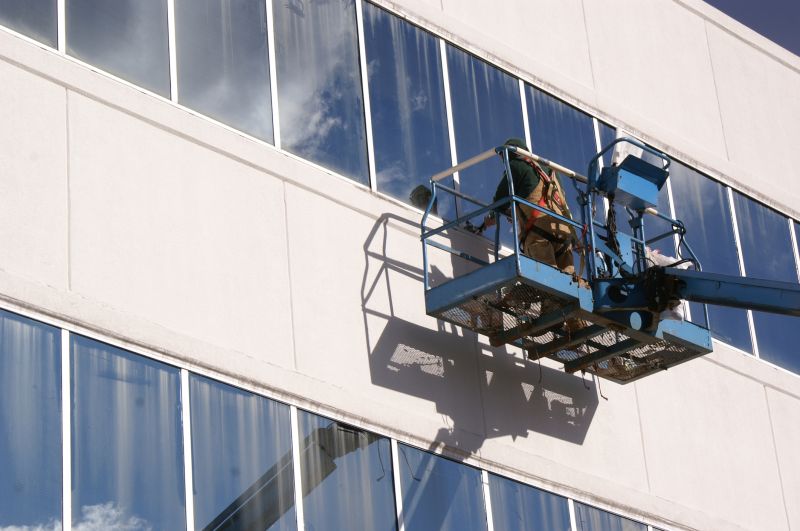
Proper environmental controls are maintained during installations to safeguard hardware.

Post-installation, systems are configured for optimal user experience.
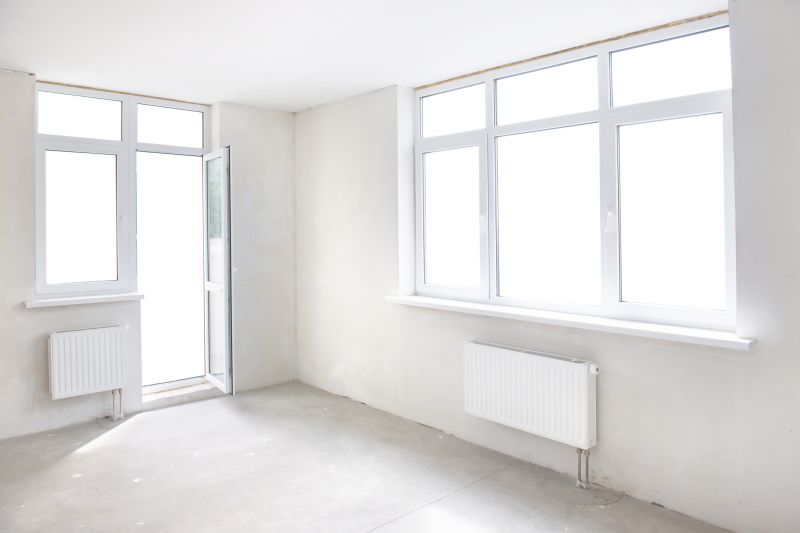
Ways to make Windows Installations work in tight or awkward layouts.

Popular materials for Windows Installations and why they hold up over time.

Simple add-ons that improve Windows Installations without blowing the budget.
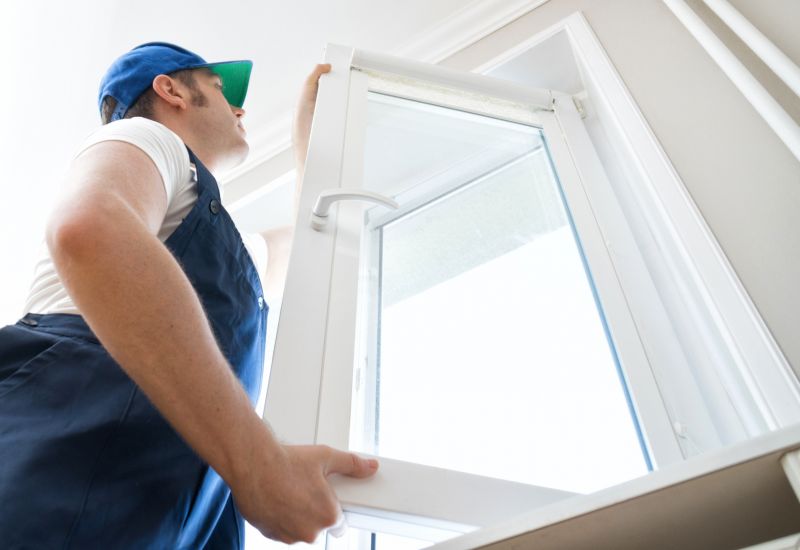
High-end options that actually feel worth it for Windows Installations.

Finishes and colors that play nicely with Windows Installations.
| Timing Aspect | Best Practices |
|---|---|
| Season | Schedule during spring or fall for moderate climate conditions. |
| Time of Day | Opt for early mornings or late evenings to minimize disruption. |
| System Readiness | Perform during scheduled maintenance windows. |
| Update Cycle | Coordinate with Windows release schedules. |
| Environmental Factors | Avoid during extreme weather or power instability. |
Windows installations are a critical component of maintaining system security, performance, and compatibility. Proper timing ensures that updates are applied efficiently, reducing the risk of errors and system downtime. Regular updates can improve system stability and security, making timing an essential consideration for IT management.
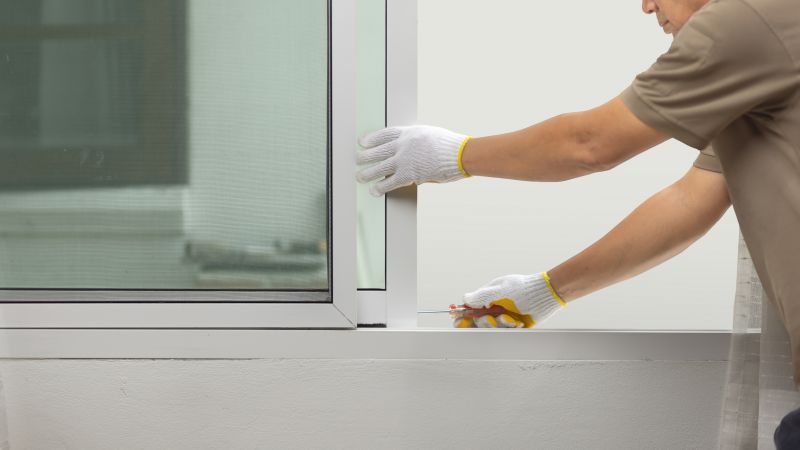
Preparation for Windows installation begins with system readiness checks.

Professional technicians ensure proper installation procedures.

Backing up data before installation minimizes potential data loss.

Systems are configured for optimal performance after installation.
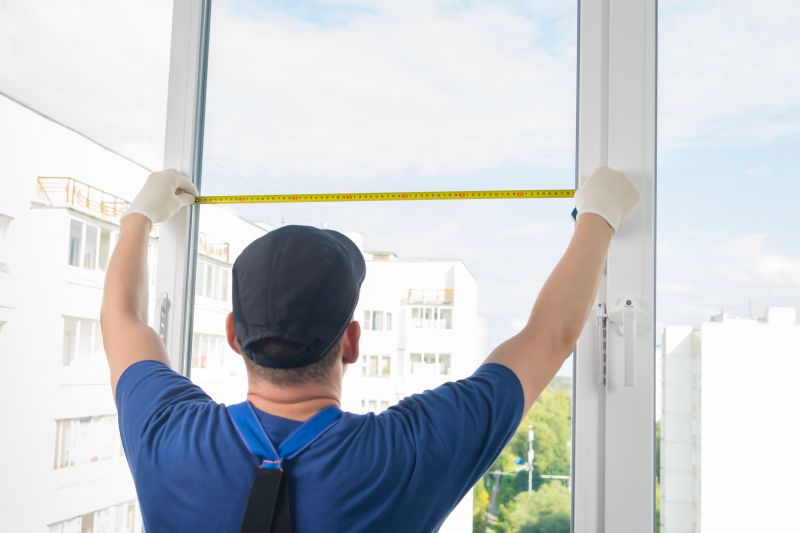
Little measurements that prevent headaches on Windows Installations day.

A 60-second routine that keeps Windows Installations looking new.

A frequent mistake in Windows Installations and how to dodge it.

Small tweaks to make Windows Installations safer and easier to use.
Interested in scheduling a Windows installation or learning more about the process? Filling out the contact form provides an opportunity to discuss specific requirements and optimal timing tailored to individual needs.

